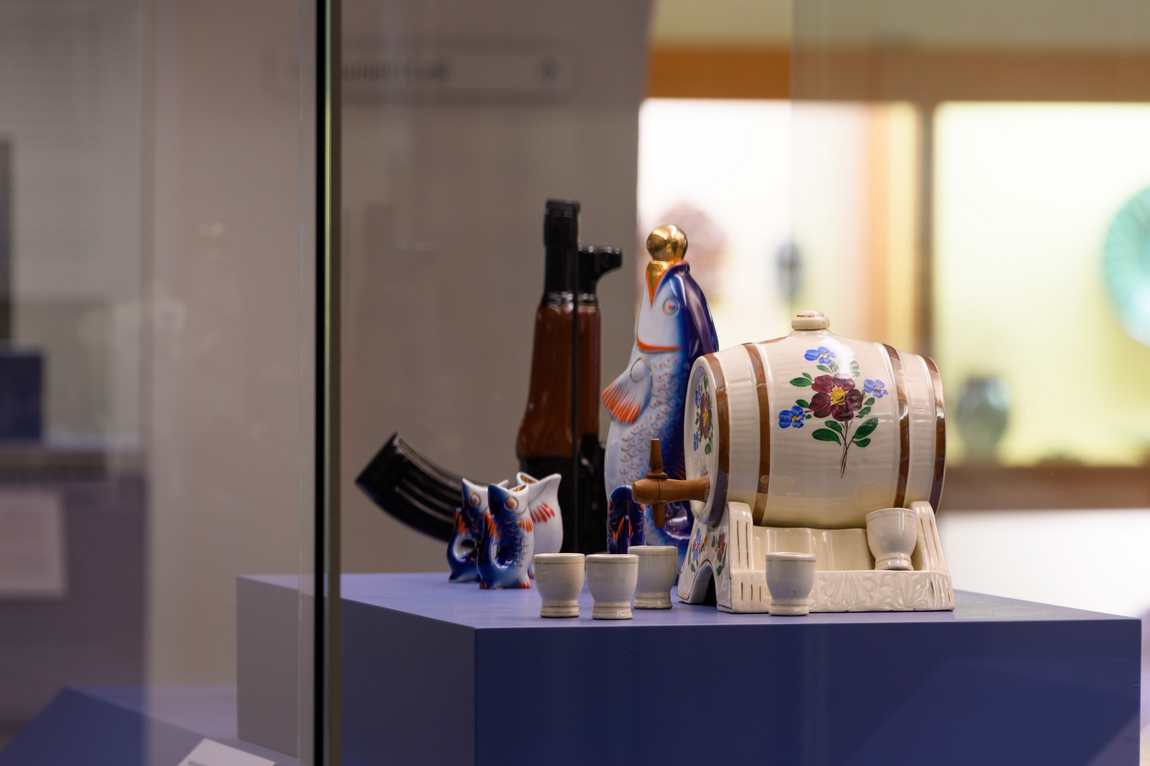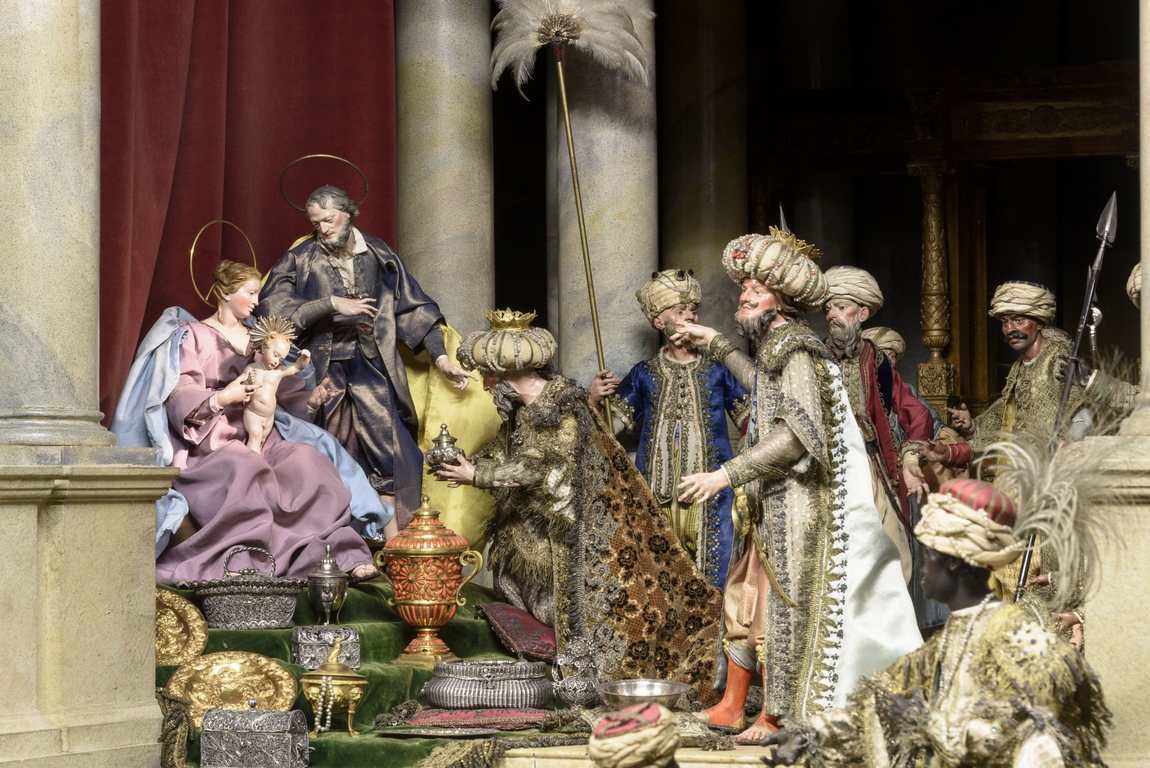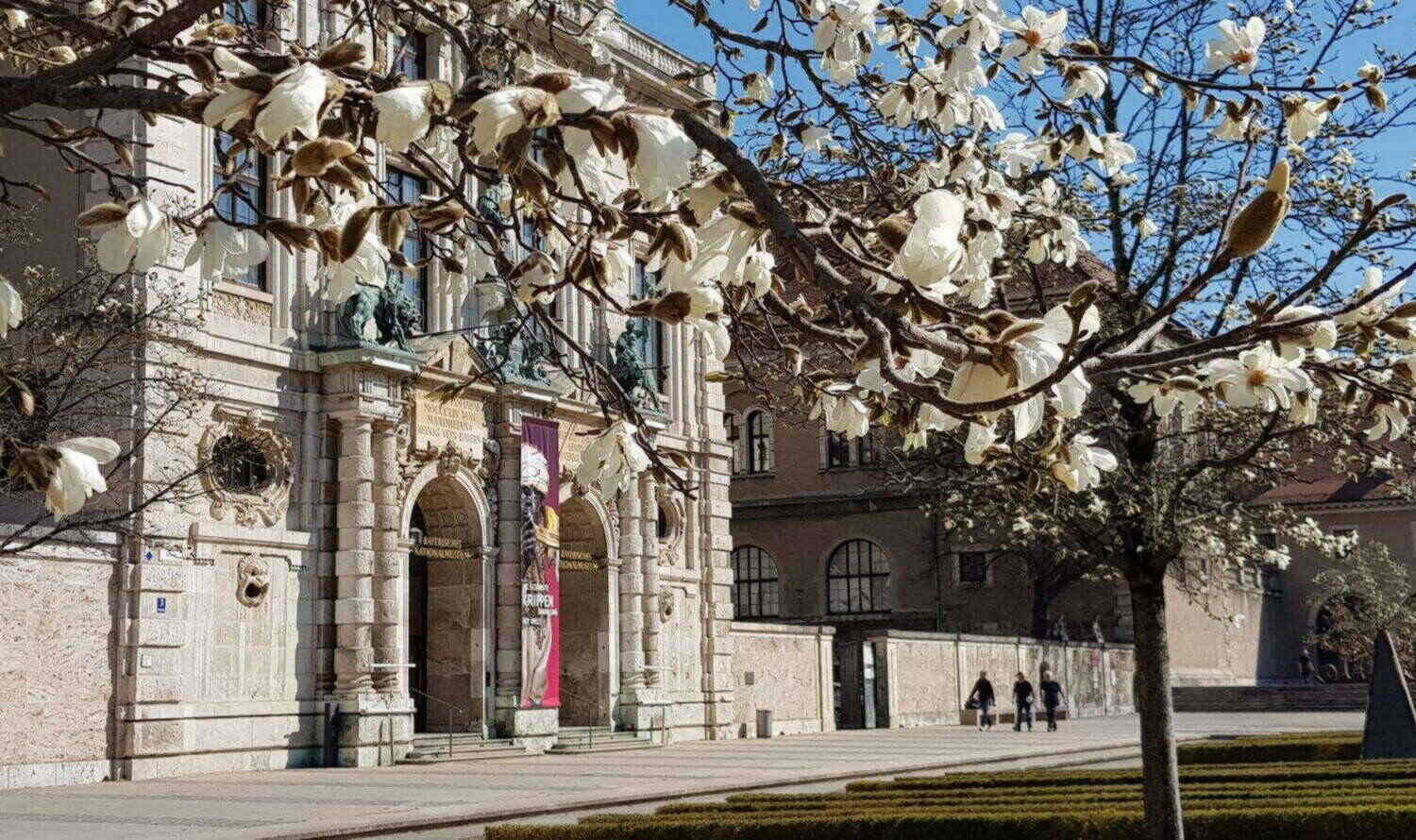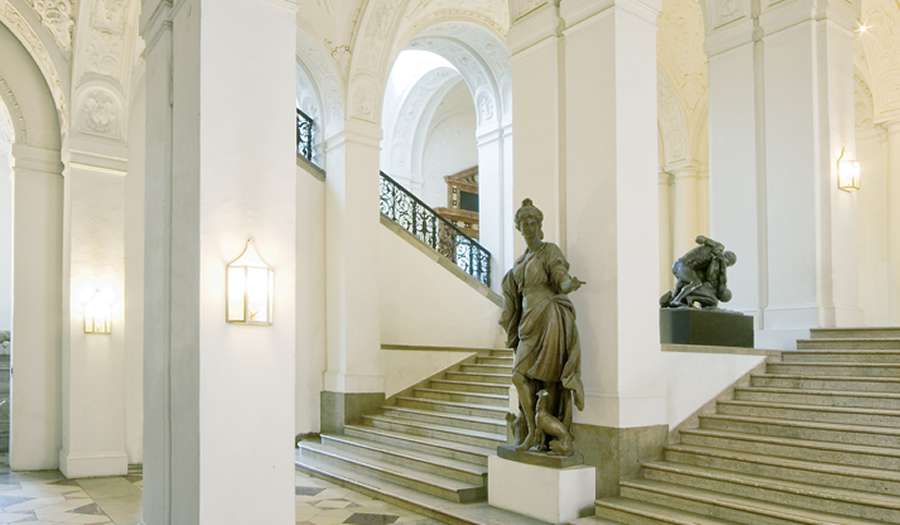Museums in Germany encourage children's interest in their national history and culture. This is reflected, for example, in the fact that children under the age of 18 can visit many exhibitions free of charge. You are well advised to take advantage of this and take your children to the Bavarian National Museum.
A visit here broadens the mind and encourages every child's curiosity and interest in research. But it is best for children who have already begun to explore history. You can take a free tour of the majestic museum building from the outside.
History of the museum
Munich's largest historical and cultural museum was founded in 1855 by King Maximilian II of Bavaria. The building was designed by the architect Gabriel von Seidl. Construction took place between 1894 and 1899 and the building was designed in the Heimatkunst style. The entrance to the museum is decorated with an equestrian statue of Prince Regent Luitpold of Bavaria by Adolf von Hildebrand.
The heavy opulence of its decoration is in keeping with the Baroque fashion at the time of its construction at the end of the 19th century. The interiors, on the other hand, are decorated in the style of the period they represent, from the Middle Ages to Art Nouveau. The façade of the building is decorated with a sculpture of Maximilian II of Wittelsbach, the founder of the museum.
It is worth noting that the Wittelsbach dynasty donated many valuable works of art to Munich, which became the basis of interesting collections for most of the city's museums, including the Bavarian Museum.

Exhibition at the Bavarian National Museum
The museum's exhibition is divided into almost a hundred rooms and periods. In addition, there are rooms dedicated to individual thematic collections. The exhibits are so magnificent that even the untrained visitor will be fascinated by many of them — for example, the filigree ivory carvings, the unique glass-blowing works, the crockery and gold jewellery. There is usually at least one themed collection that will be of interest to children.
No less interesting family-friendly museum, Museum Five Continents, is 1.2 km away.
The largest section is the Medieval Period, with objects from the 2nd to the 13th centuries. The collection is very rich and covers almost every country and nation in Europe at the time.
Boys are usually fascinated by the displays of weapons and armour, while girls mentally try on period costumes to feel like hereditary princesses. Children also look with great attention at the compositions dedicated to the birth of Jesus Christ. The collection of cribs is considered to be the largest in the world. They are made of various materials: wood, paper, cardboard, ivory, porcelain and precious metals. Many Bavarians still collect toy nativity scenes.


Other interesting items include carved and inlaid furniture, antique clocks, globes, measuring instruments, musical instruments, ceramics and porcelain. An interesting contrast to the expensive household items is the collection of folk art and everyday life. Simple pottery, rustic furniture and simple clothing illustrate the ability of people to decorate ordinary things.
The Renaissance, Baroque and Rococo halls contain exhibits from the late 18th century. Of particular interest are items from the royal collections: antique tapestries and screens, paintings and sculptures. A separate hall, The World of Court, gives an insight into life at the royal courts.
There is also a large collection of coats of arms and maps of Bavarian cities such as Augsburg, Bamberg, Munich and Passau. To help you imagine what these cities looked like in the Middle Ages, there are detailed three-dimensional models next to the maps.
The museum is also proud of its collection of paintings, which includes more than 1,000 paintings from the 13th to the 19th centuries and several very valuable church altarpieces. The Bayerische Nationalmuseum also has good temporary exhibitions. In 2014, for example, there was an exhibition of antique children's toys.











